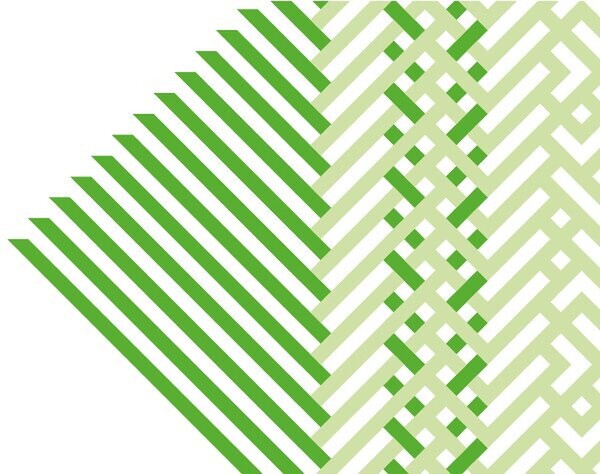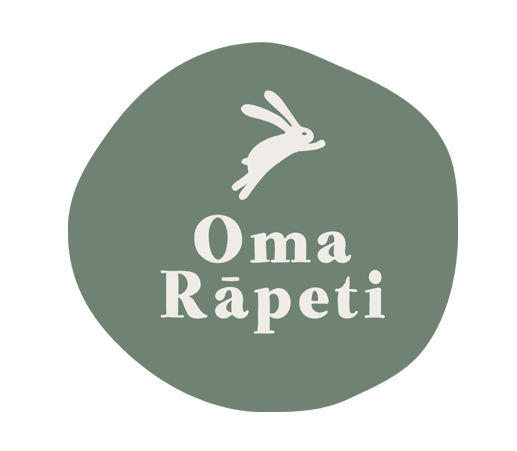At Oma Rāpeti, we feel it's really valuable for whānau to understand the basics of our curriculum so they too, can recognise more of the amazing learning their tamariki undertake.
Te Whāriki is the national early childhood curriculum for Aotearoa New Zealand; the framework that every early childhood education provider in Aotearoa uses as a basis for their curriculum.
The curriculum has “the vision that children are competent and confident learners and communicators, healthy in mind, body and spirit, secure in their sense of belonging and in the knowledge that they make a valued contribution to society.”
Having one curriculum doesn’t mean that all centres do things the same way - the curriculum is designed to be adapted to differing cultural needs, teaching philosophies and communities. So even though centres all use Te Whāriki, there are vastly different ways of doing this. Our blog on ECE philosophies has more information on this.
Principles and strands, woven together
Instead of checklists of lists of specific skills for children to achieve at specific ages,Te Whāriki uses the metaphor of a woven mat to illustrate the holistic way children learn. Te Whāriki uses the concepts of strands and principles, key ideas which underpin the core values of the curriculum.
The principles are:
-Empowerment /Whakamana,
-Holistic development /Kotahitanga,
-Family and community /Whānau tangata
-Relationships /Ngā hononga.
The strands are:
-Wellbeing /Mana atua
-Belonging /Mana whenua
-Contribution/ Mana tangata
-Communication /Mana Reo
-Exploration /Mana aoturoa
Woven together, these strands and principles create a personalized mat representing each child's funds of knowledge (the skills and knowledge children have from their own backgrounds), competencies (or abilities), learning and development.
Goals and learning outcomes
Each strand has goals and learning outcomes.
The difference between goals and learning outcomes is this: a goal is what the centre should be doing and the learning outcome is the development children should have when the centre is meeting the goals.
For example, one goal of the communication/mana reo strand is that:
“Children experience an environment where they experience the stories and symbols of their own and other cultures”.
Evidence of this goal can be found by several learning outcomes including “Over time and with guidance and encouragement, children become increasingly capable of enjoying hearing stories and retelling and creating them.”
Children and whānau will find connections between these learning outcomes and the New Zealand curriculum at primary schools.
Learning Dispositions
Learning dispositions are a key concept within Te Whāriki. Learning dispositions are “teacher- jargon” for the attitudes and habits of mind which support lifelong learning.
The idea is that rather than aiming to teach children specific content, it aims to teach them how to learn and view themselves as learners. This approach is backed up by neuroscience which shows that young children's brains are often not developmentally prepared for reading, thus any head start children gain by learning to read young is often gone by the middle of their primary school years. For more on brain development see Claire's brilliant blog post here.
Learning dispositions include; courage, curiosity, perseverance, collaboration, innovation, and much more - these, rather than rote learning, are the building blocks for longer term success as a learner.
If you currently have a child in ECE you might see these dispositions addressed in your child's learning stories to show how children are developing these skills for learning.
A mat for all to stand on
Te Whāriki is unique, it is a bi-lingual, bicultural document and is “Internationally acclaimed due to its bicultural focus, non-prescriptive and play-based nature, inclusion of children from birth and emphasis on holistic learning outcomes.” (p.58 Cooper, Hedges and Williamson, 2019)
The beauty of Te Whāriki is that it is open-ended; this means that it can be woven differently to support children's learning across different cultures, abilities and teaching philosophies. In practise this allows for varied early childhood centres which suit the needs of different children, families and cultural backgrounds all the while working towards the goals of Te Whāriki.
Given the diversity of Aotearoa, a curriculum which is inclusive and credit based provides an opportunity for a positive start on the journey of formal education for all children, “a mat for all to stand on’.
This openness is brilliant for families because it means that amongst the variety of centres, there should be a centre that fits well with their own individual needs. If you are thinking about what type of ECE centre is likely to suit your child and family the links below are some great starting points.
Mā te wā,
Cathie


